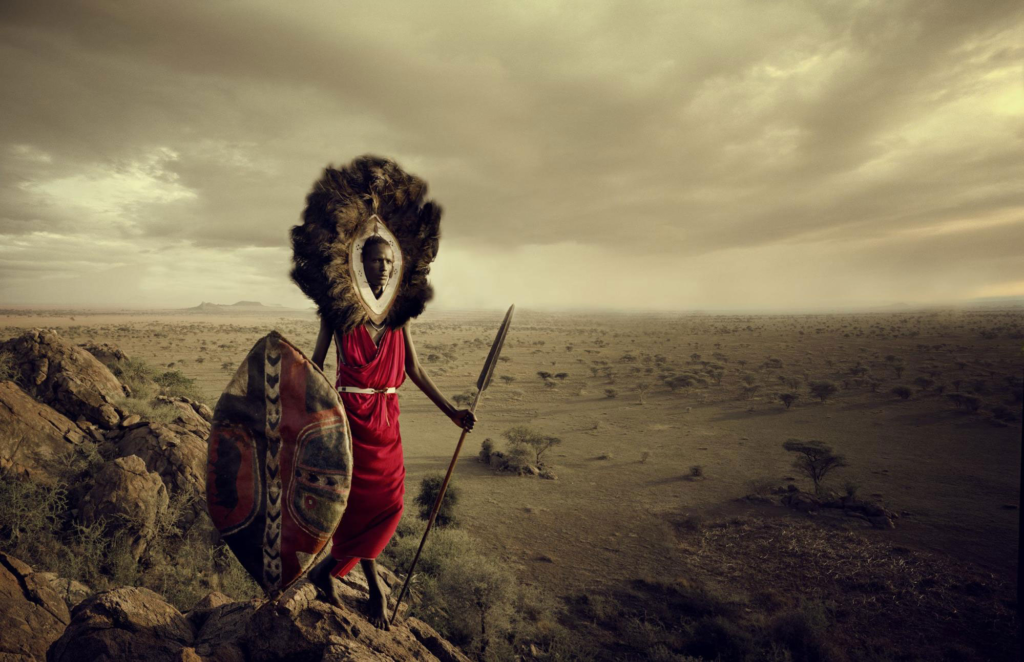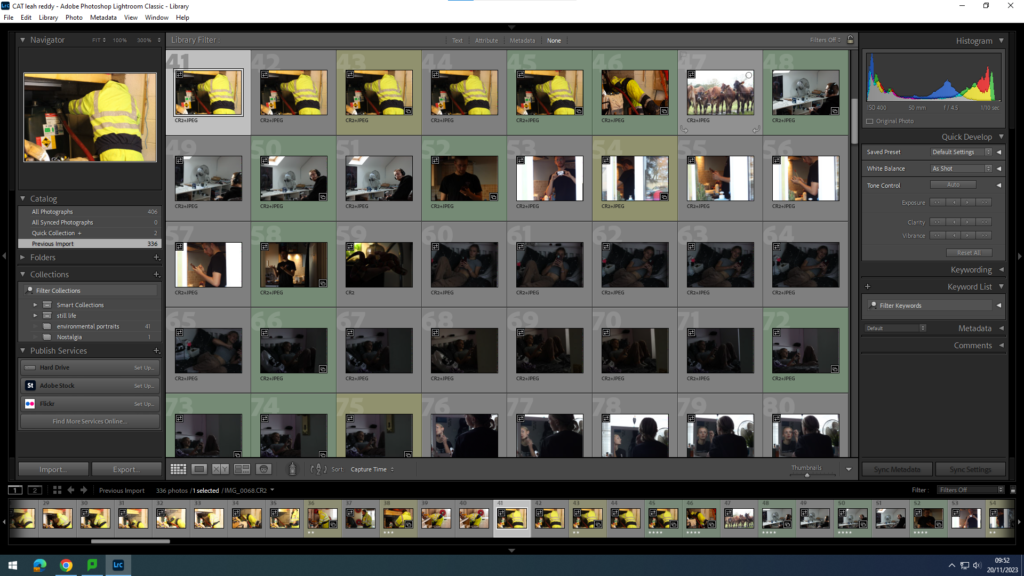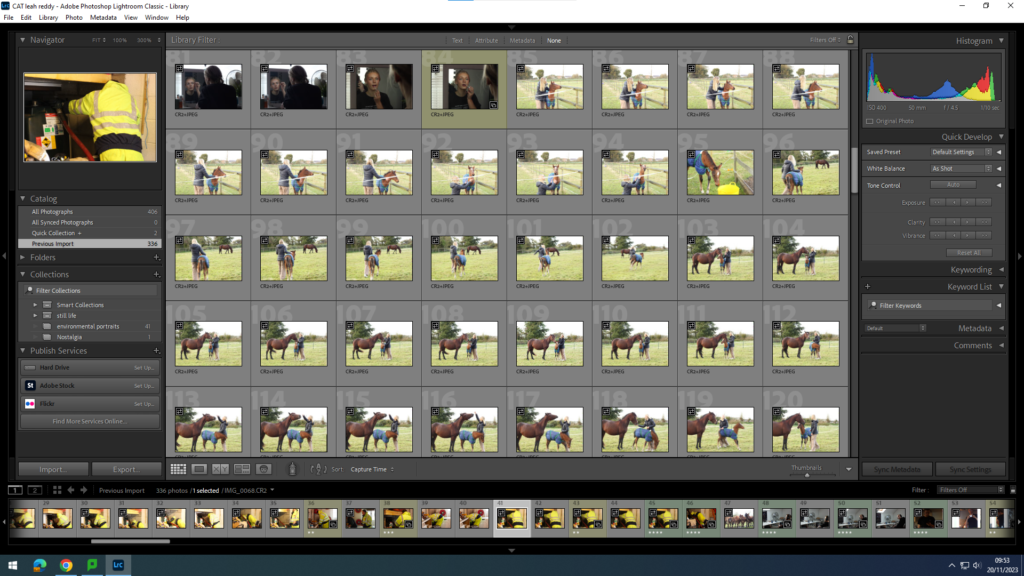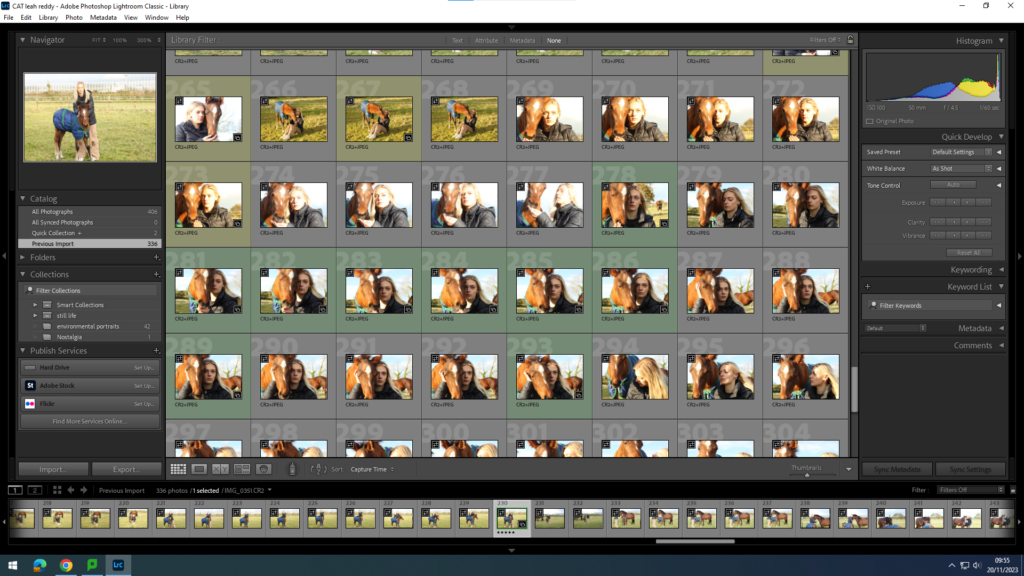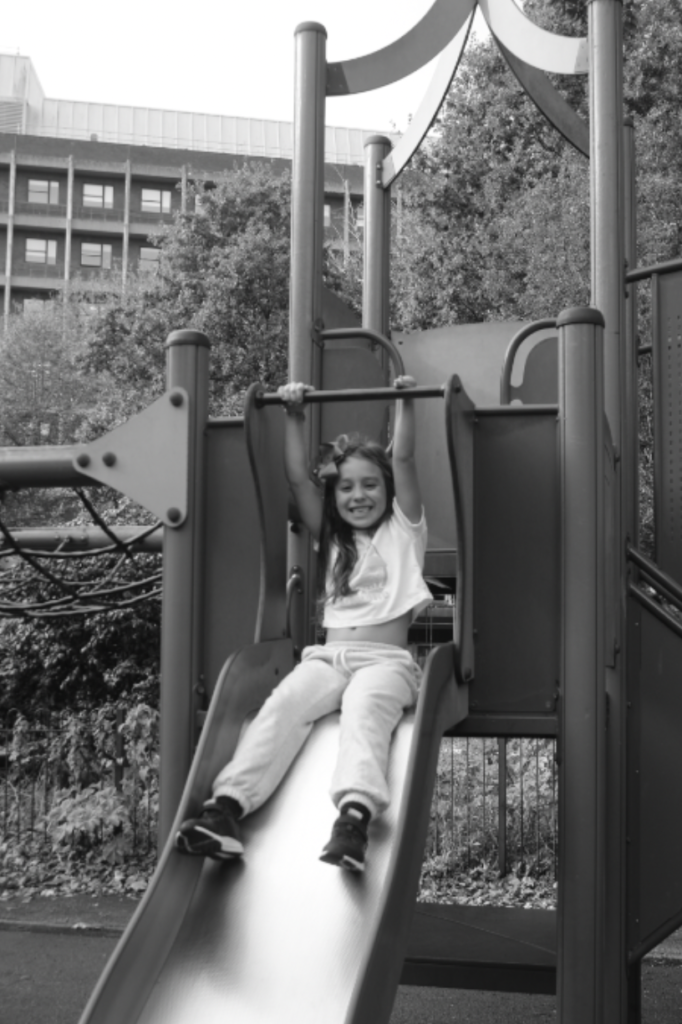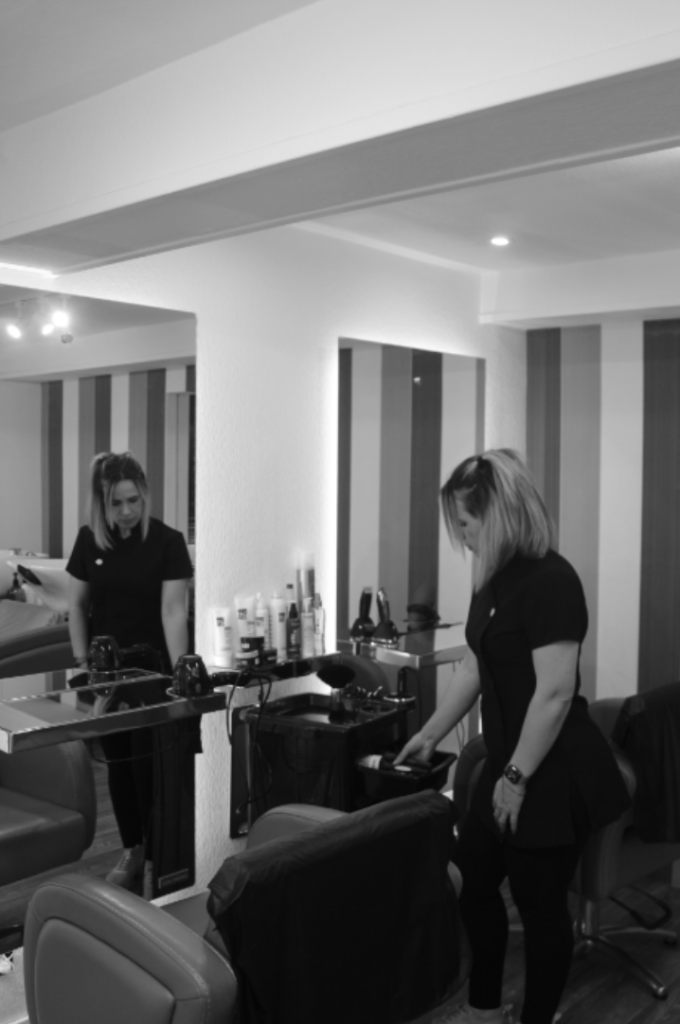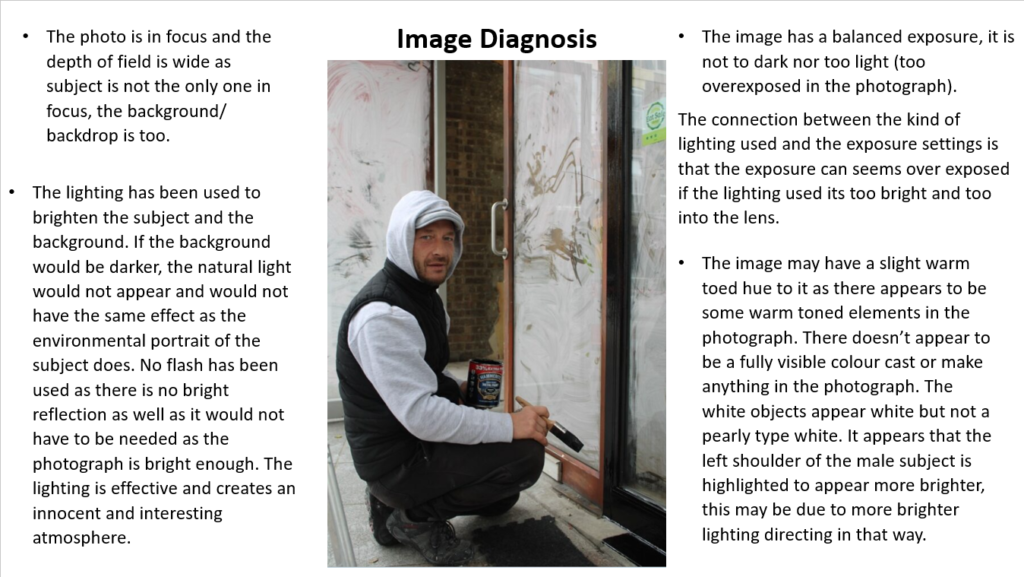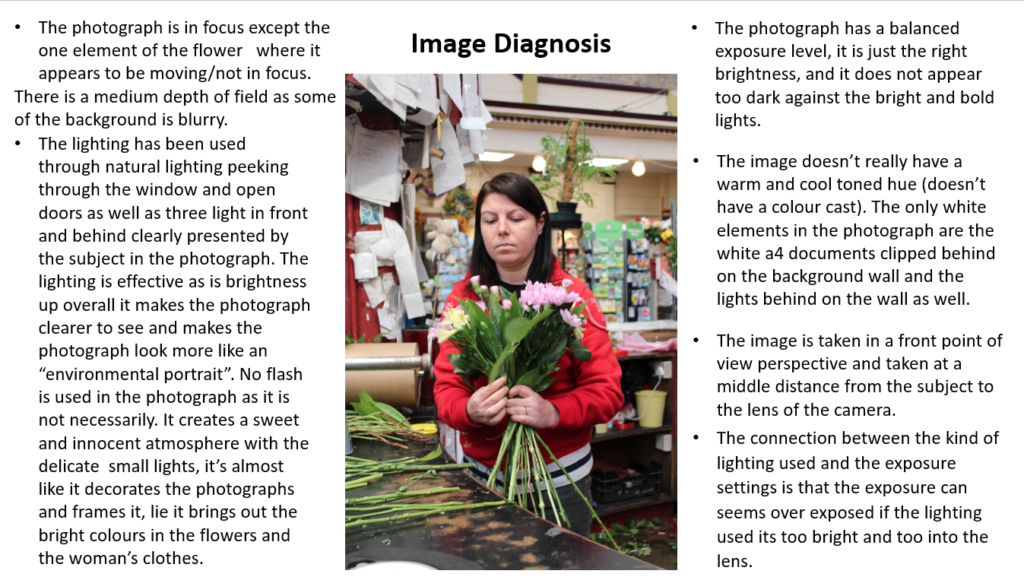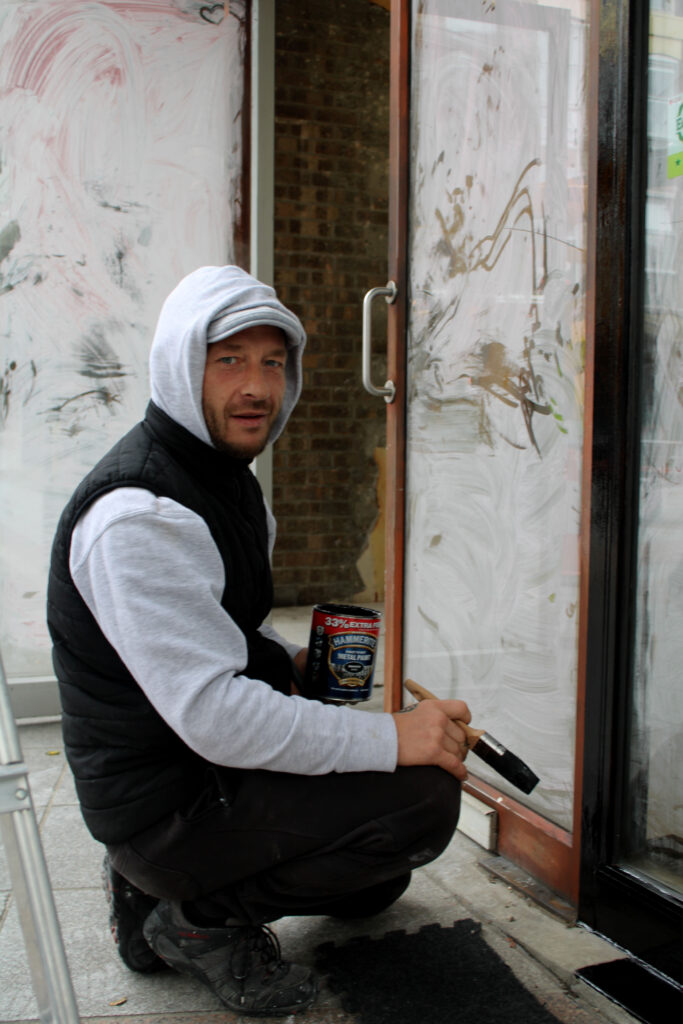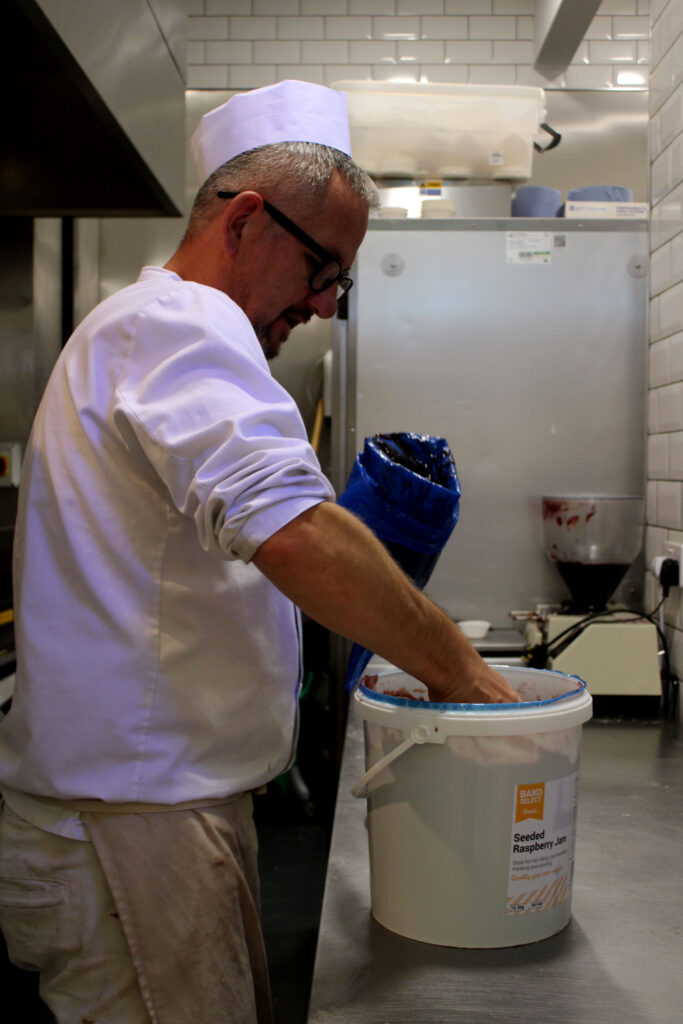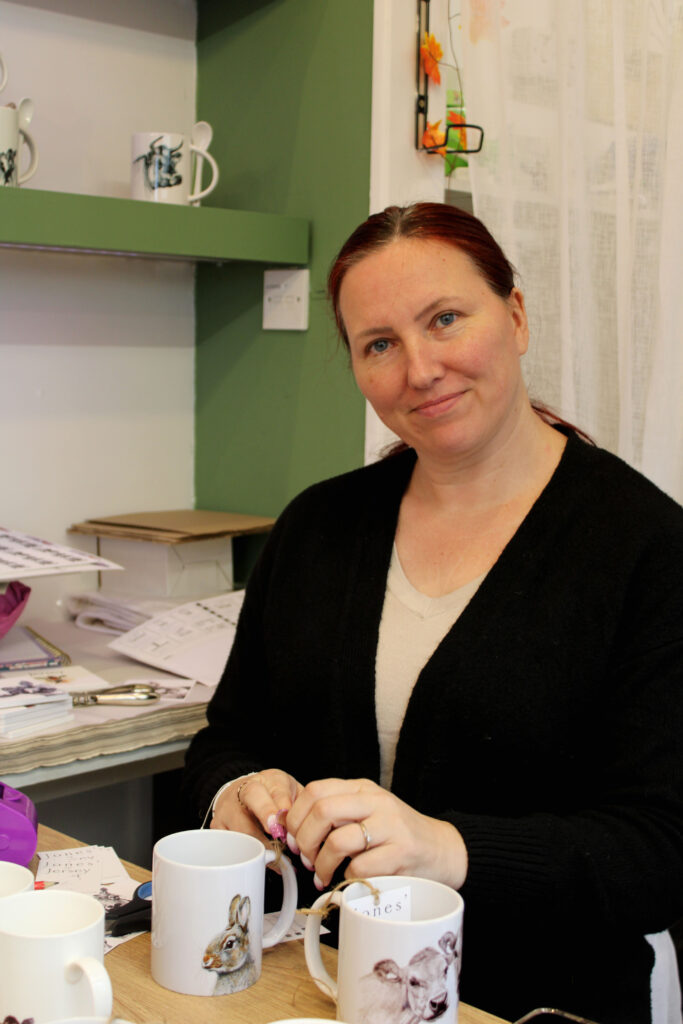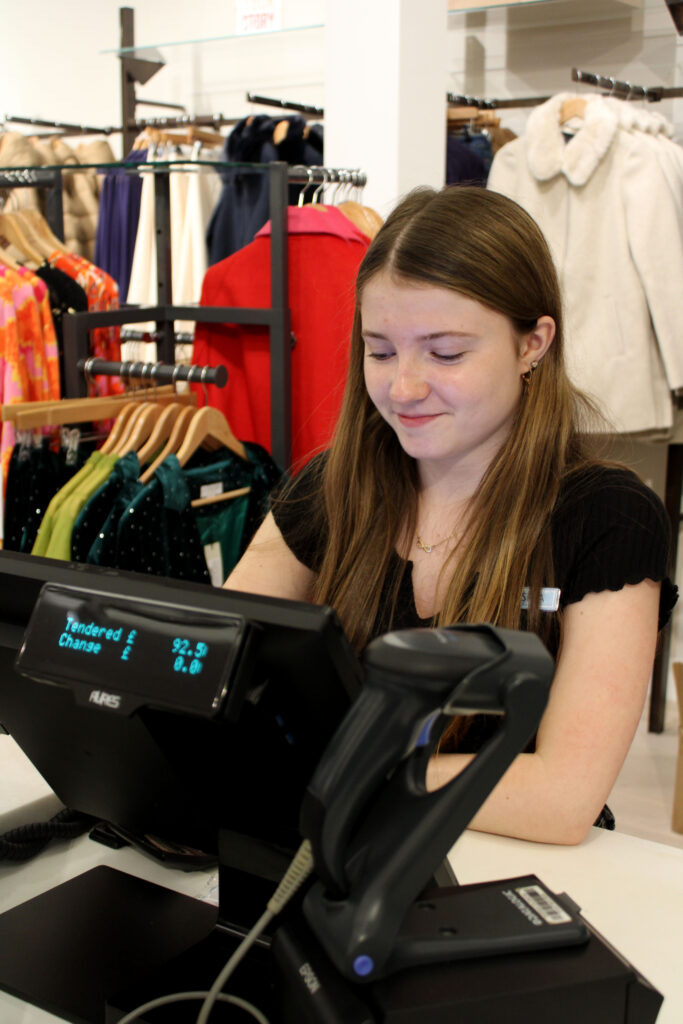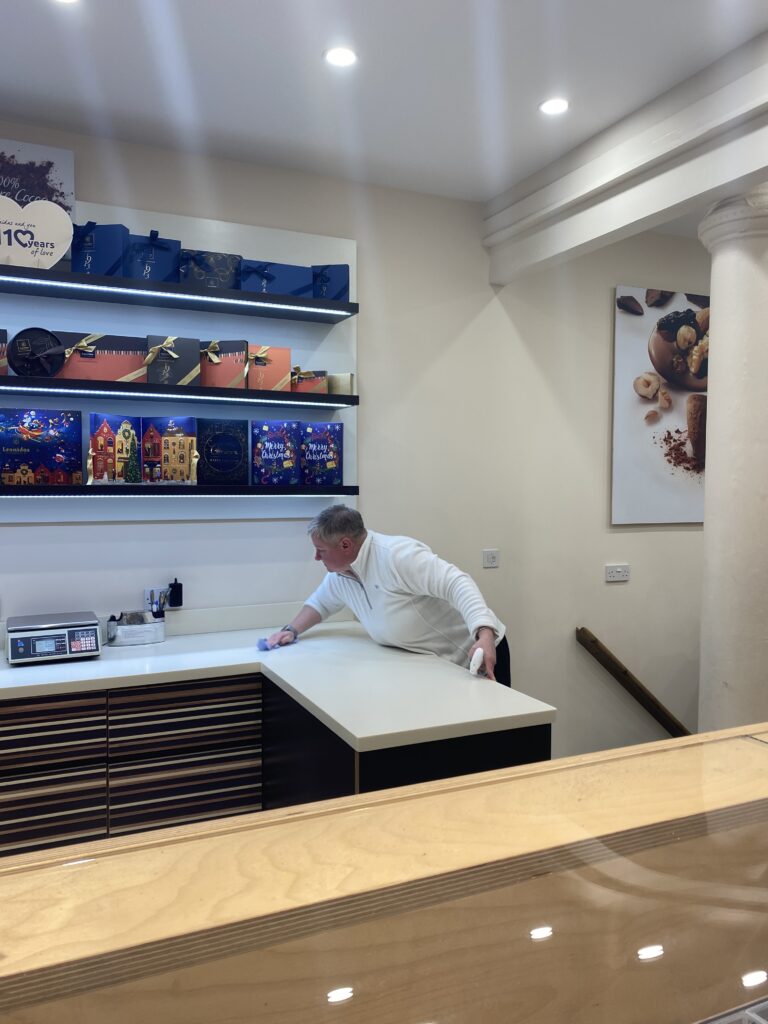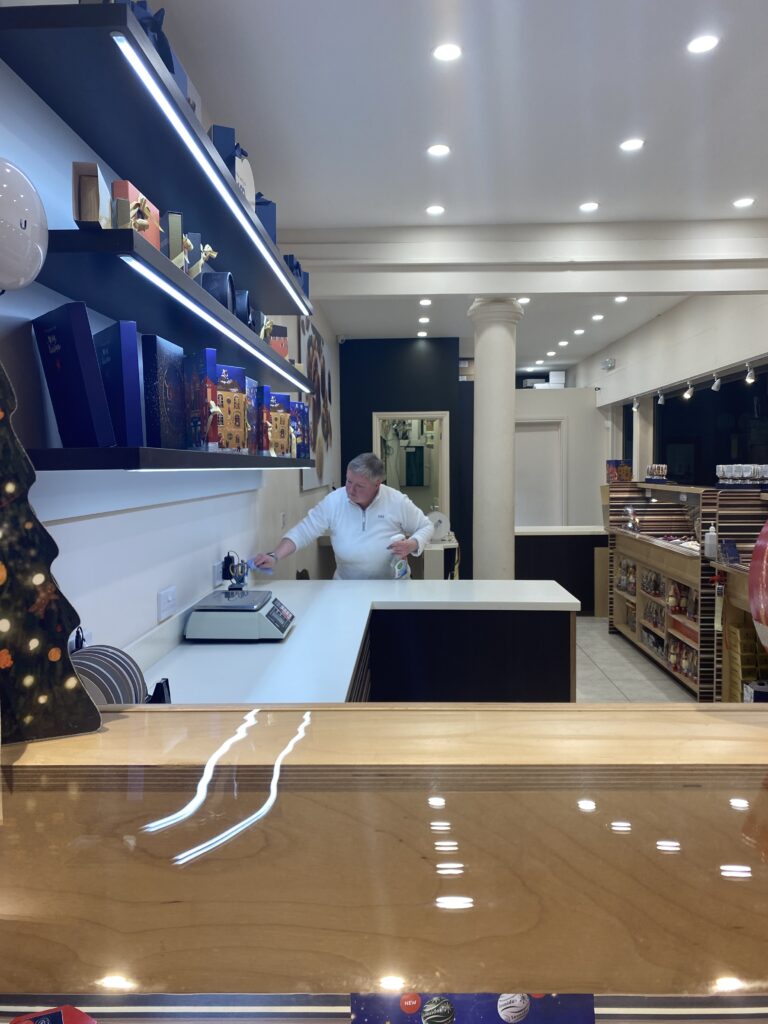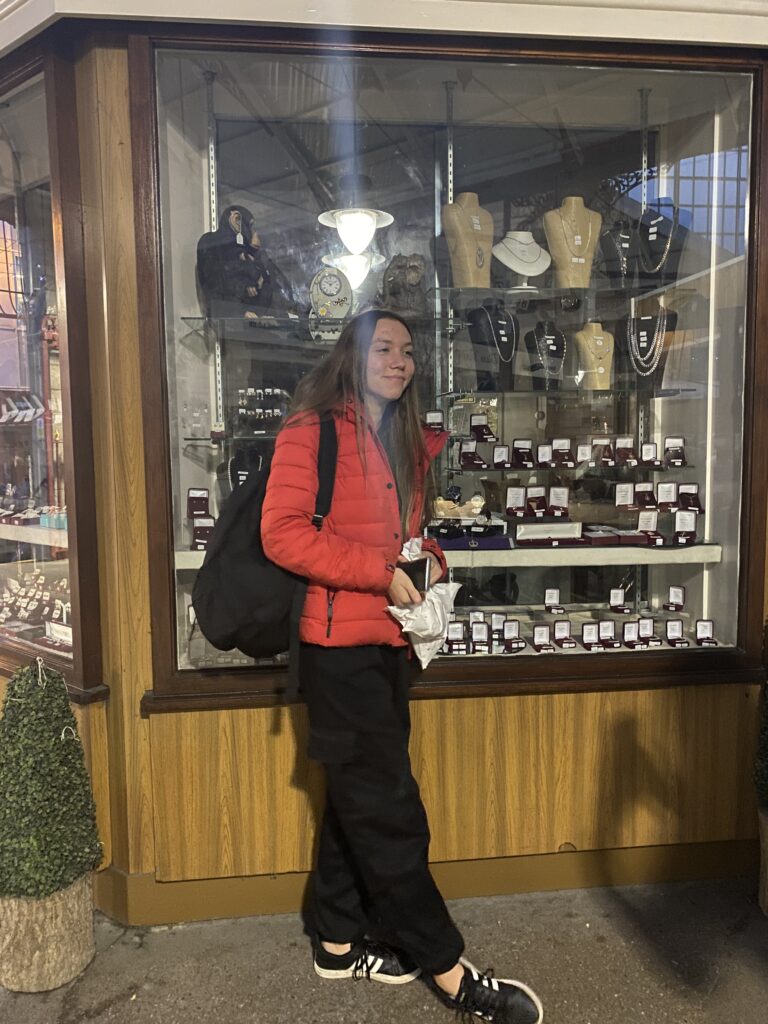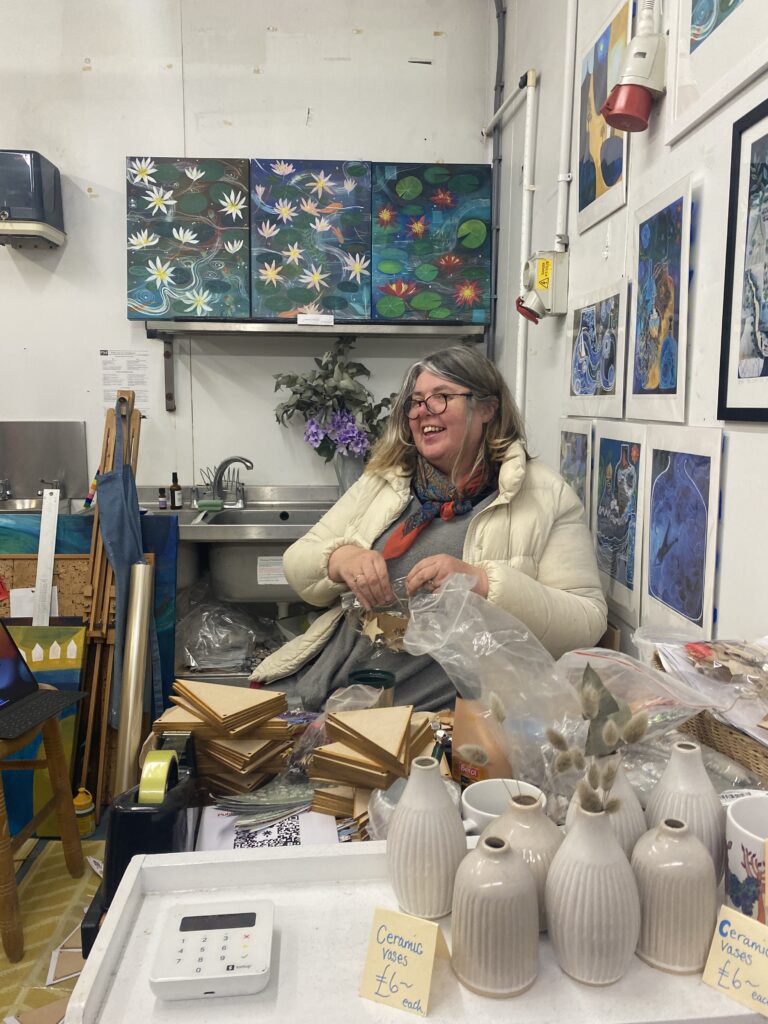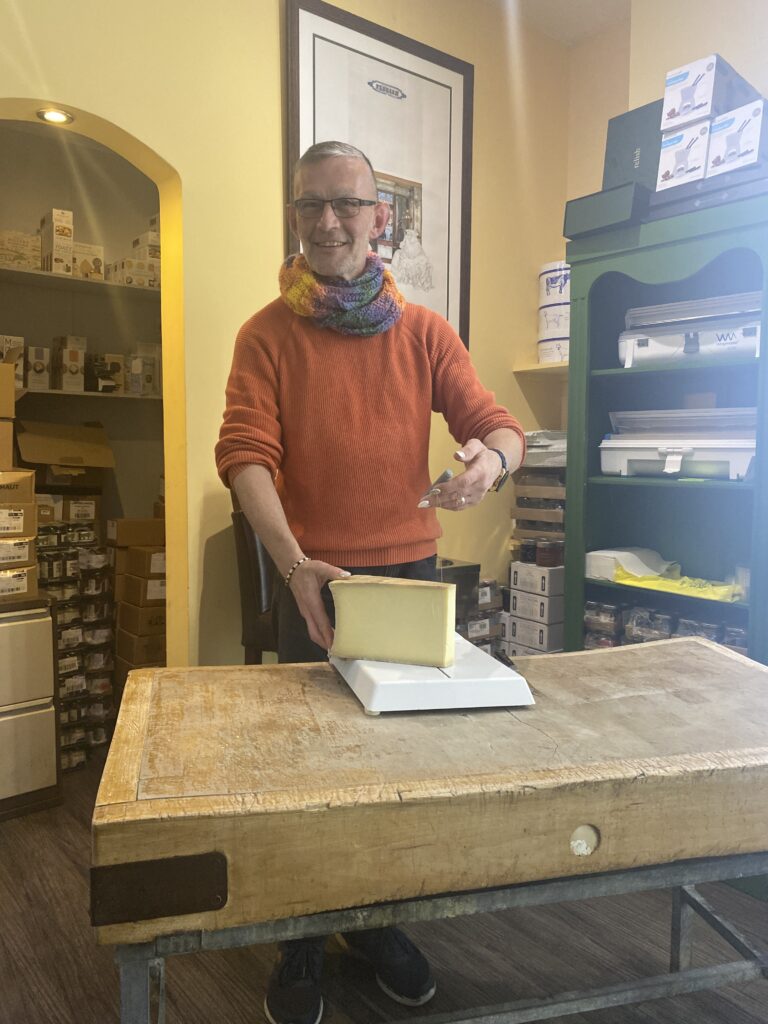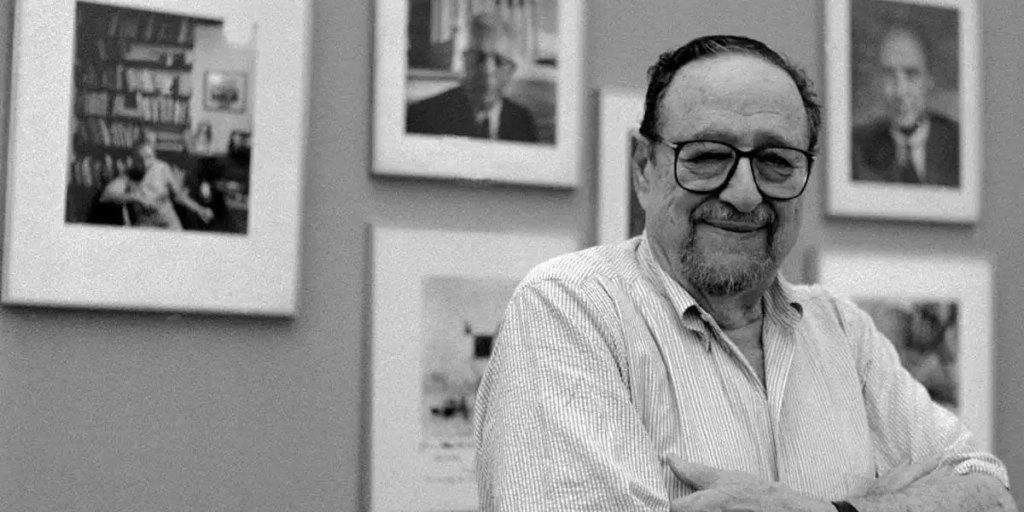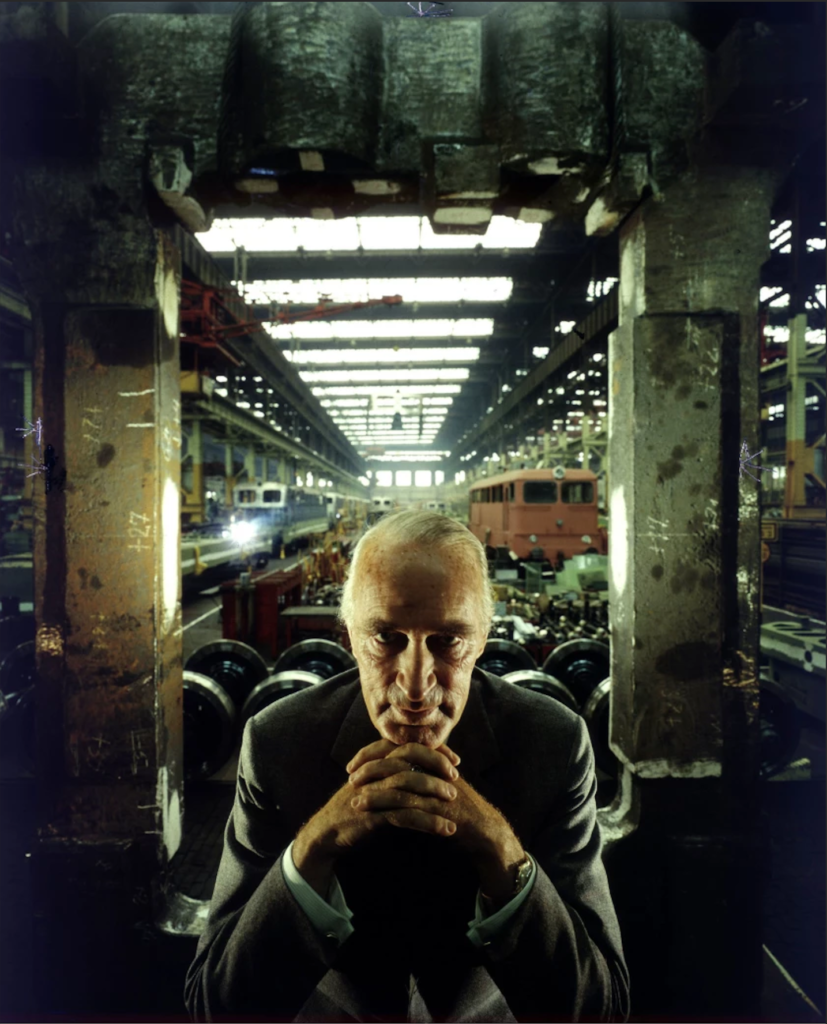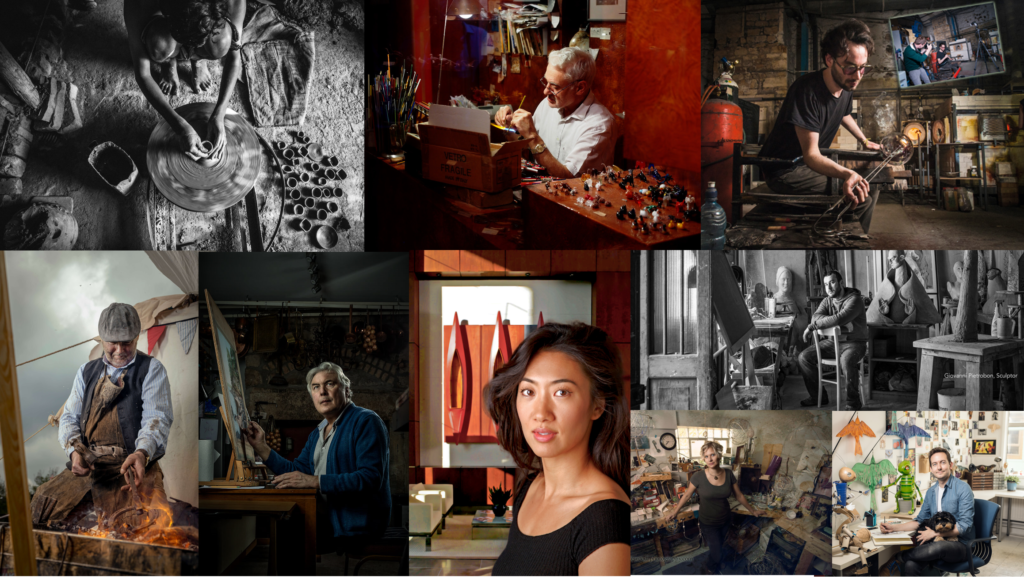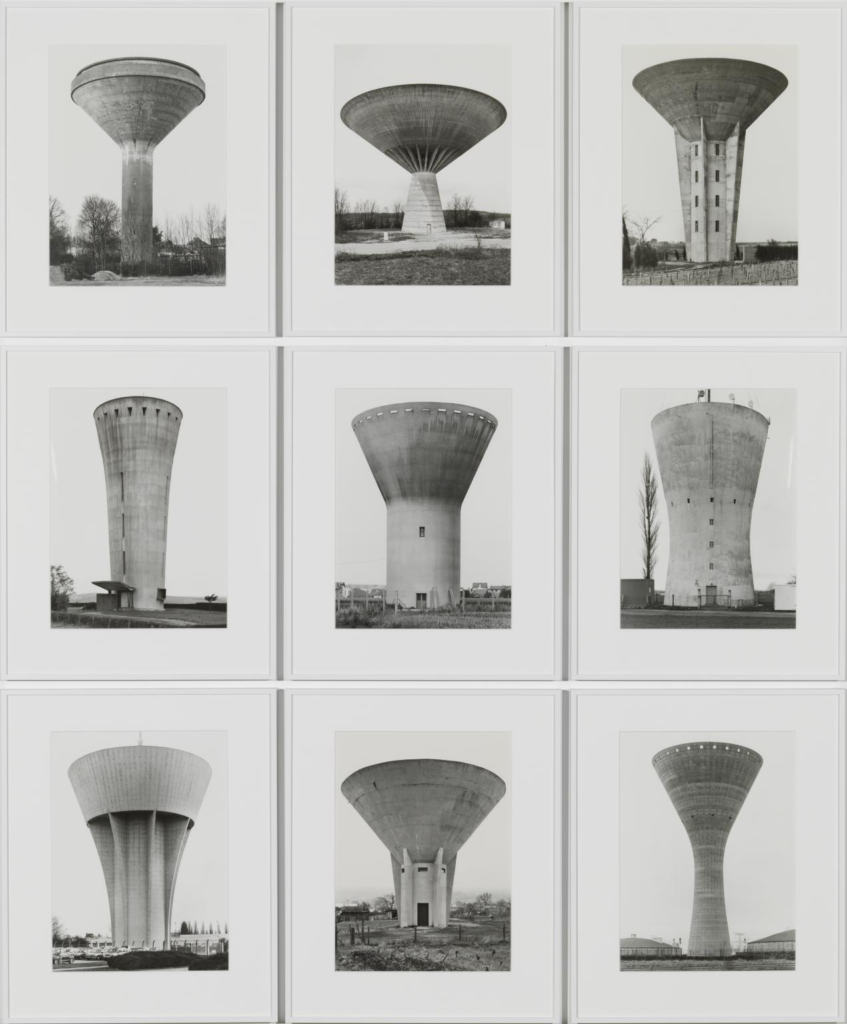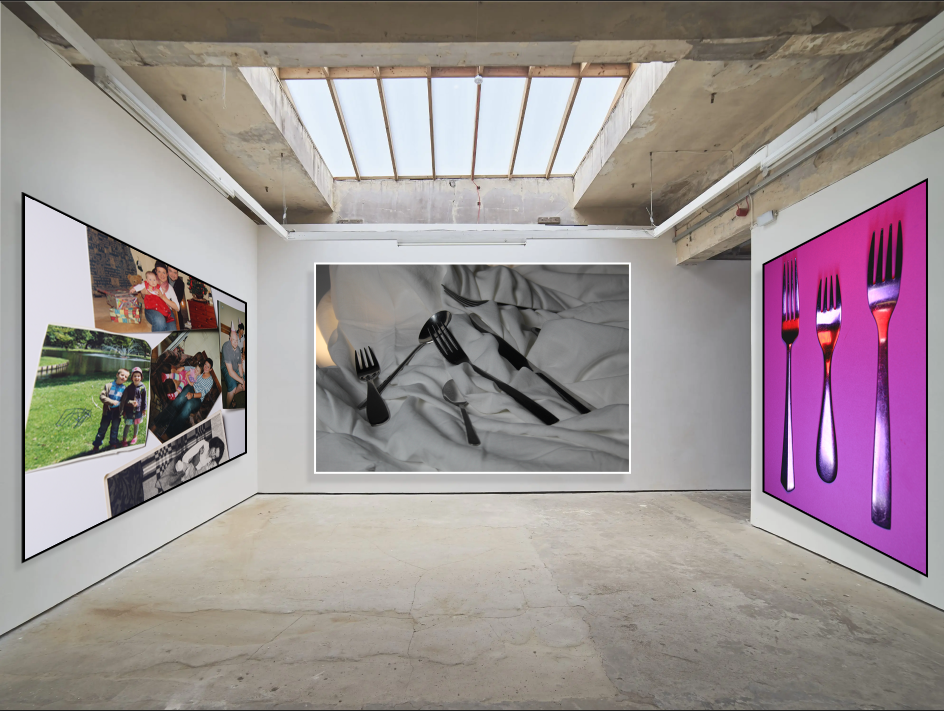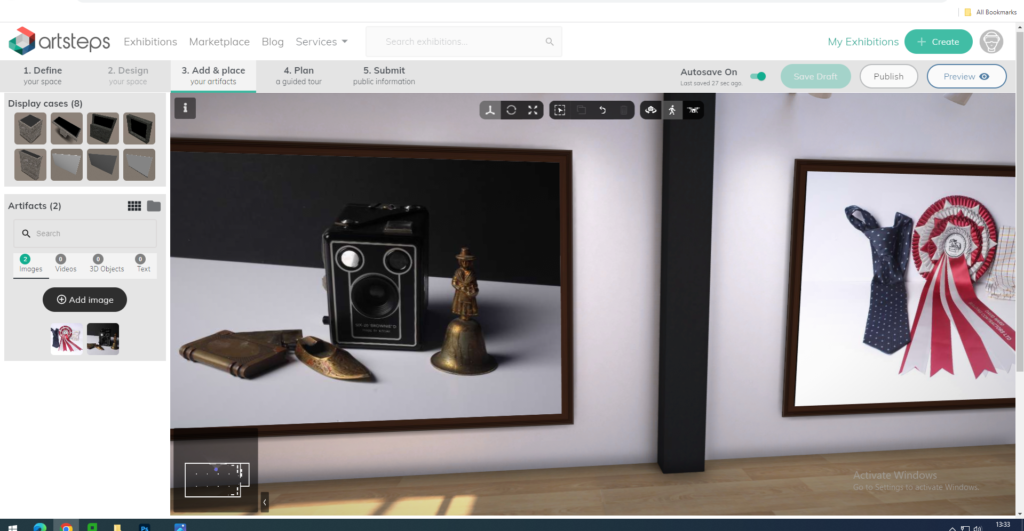Butterfly lighting is a type of portrait lighting technique used primarily in a studio setting. Its name comes from the butterfly-shaped shadow that forms under the nose because the light comes from above the camera. You may also hear it called ‘paramount lighting’ or ‘glamour lighting’.
What is the butterfly lighting?
Description: Butterfly lighting is a portrait lighting pattern where the key light is placed above and directly centered with a subject’s face. This creates a shadow under the nose that resembles a butterfly. It’s also known as ‘Paramount lighting,’ named for classic Hollywood glamour photography.
What is the difference between paramount lighting and butterfly lighting?
Paramount lighting is when the light is placed directly in front of the subject at a slightly downward angle, creating a shadow directly beneath the subject’s nose. When the light is high enough, at times this will be called ‘butterfly lighting’ because the shadow under the nose may resemble the wings of a butterfly.
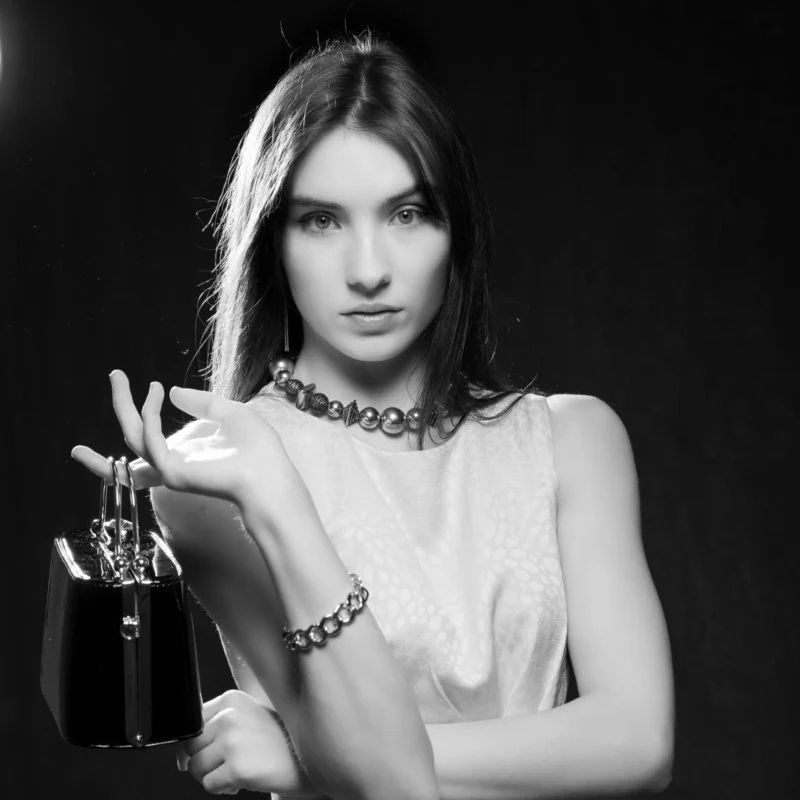
Butterfly lighting dates back to some of the earliest glamour shots. Specifically, Marlene Dietrich, a German silent film actress, who became a Hollywood star in the 1930s, was presented on film in a way that gave this look its name.Marie Magdalene “Marlene” Dietrich was a German and American actress and singer whose career spanned from the 1910s to the 1980s.
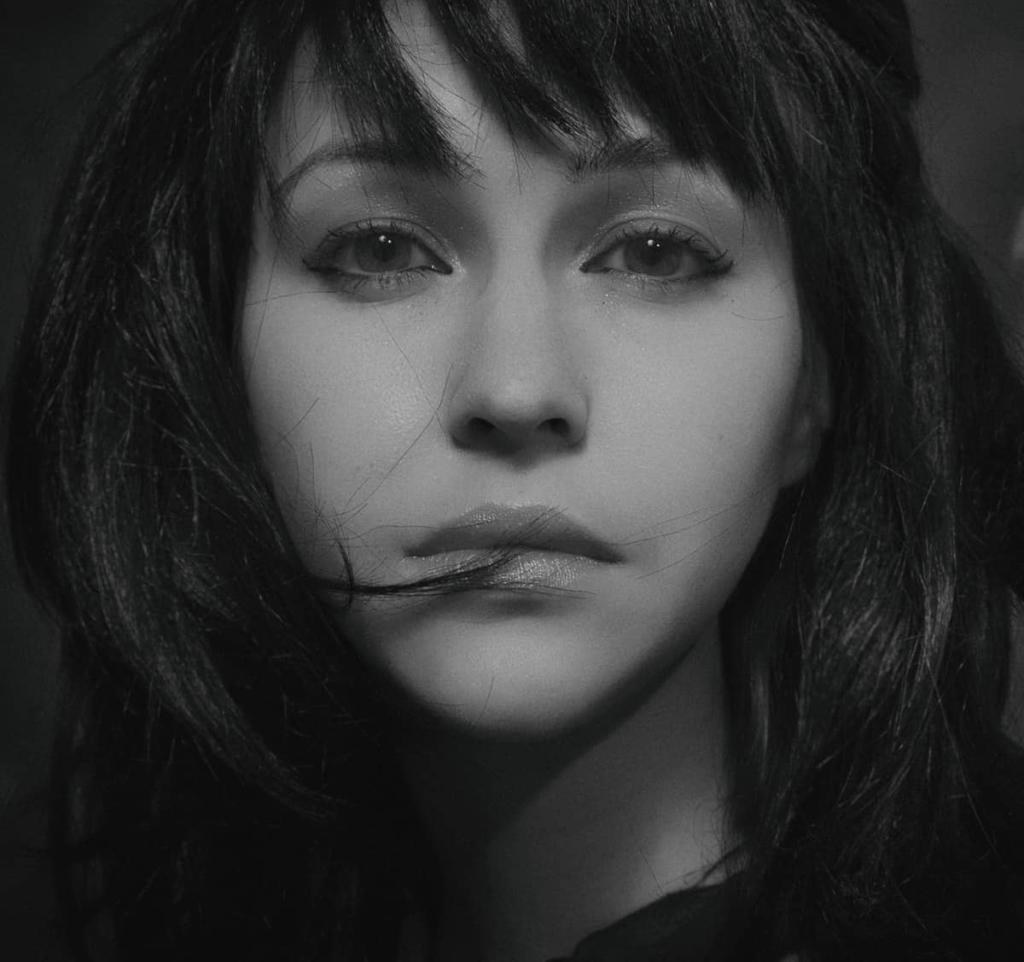
What camera is best for butterfly photography?
However, most photographers prefer a DSLR or mirrorless camera/lens combination. I have had good results with my older Canon 7D Mark II but I prefer my current Canon R5 mirrorless camera. This allows focus peaking in manual focus mode, which helps by highlighting the sharply focused edges in a conspicuous colour.
What is the best setting for butterfly photography?
To capture sharp images of fluttering or darting butterflies, a shutter speed of 1/400 and more is advisable. Beginners should better start shooting in S mode or shutter priority mode of the camera. After gathering some experience, they can shift to manual mode.
Why do photographers use butterfly lighting?
Butterfly light creates shadows under the cheeks and chin but adds lots of light to the other part of the face. This can help minimize a double chin and fills in shadows in wrinkles. It’s an easy way to give an older subject a brighter, more youthful appearance.
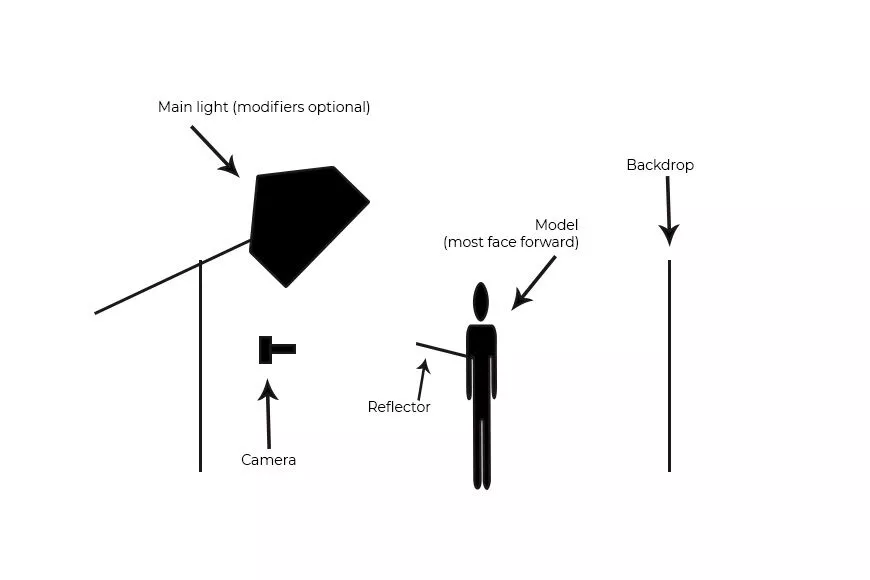
Marlene Dietrich
(1901-1992)
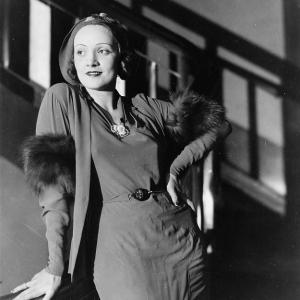
One of the most popular film and music stars of the 1930s and 1940s, Marlene Dietrich was known for her fashionable style and diverse portrayals of women. She was a firm advocate for the American war effort, contributing much of her time, energy and musical talents to aid the troops. The Actress and singer Marlene Dietrich was one of the most prominent political refugees of her generation, speaking out against Hitler and singing for the US troops in World War II. Actress and singer Marlene Dietrich was a living legend, famous for performances in movies such as “Blue Angel” and “Touch of Evil”.


